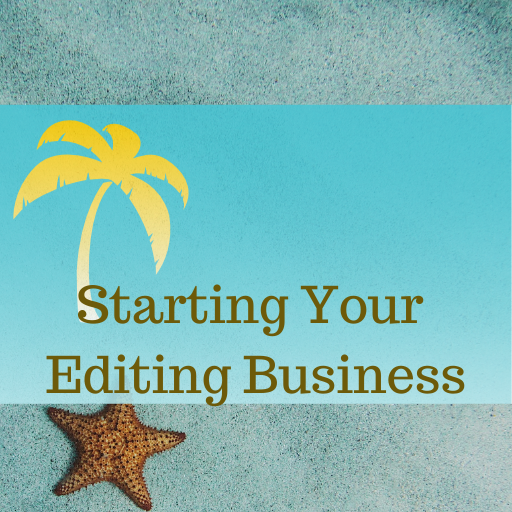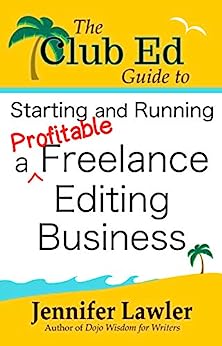6 Tips for Working with Book Publisher or Packager Clients
I’ve worked with a number of book publisher and book packager clients over the years and I’ve found a few basic rules help ensure that I complete each project satisfactorily. You may find them helpful, too.
#1. Understand your role. If an author has asked whether the plot entertains you and you tell them they have a lot of misspelled words, you may be right but you’ve failed at the job. By the same token, if a publishing company has hired you to copyedit a manuscript, they are not asking you to weigh in on the cover design or suggest that a change of setting would be a good idea.
#2. Ask questions. Early in my career I felt certain that professional editors knew all the answers ahead of time and to ask the client questions would reveal that I was inexperienced. Now, it is true that some questions will reveal your inexperience (“What do you mean by ‘editorial query’?”) but experience has taught me that questions about tools and processes are often necessary: what is the house style, do I send the ms directly to the author once I’ve edited it, do you have a standard style sheet, what other supplemental documentation do you need, etc. If these questions aren’t answered during the on-boarding process, I will collect them and set up a phone conversation with the person who hired me (or send an email, if that is their preference) before I begin the edit.
#3. Set expectations. You’re a freelancer, not a staffer, so you have to make sure that your expectations and the client’s expectations are in line. If they expect umpteen status conferences, the time that will require has to be included in your project quote. If they want you to shepherd the project from author’s final draft to production, you need to know that so you can schedule the time (and charge accordingly).
#4. No is a full sentence. This is related to #3. If you agreed to do one round of copyediting on a manuscript, and you have delivered your copyedit, you do not also have to review the author’s revision, proof the galleys, or any other task someone decides to heap on your plate. That said, some ways of saying no are more fruitful than others:
- “This was not what we agreed to but I can do it for an additional fee of $x.”
- “You told me that I could use any style sheet I preferred (see your email below) so that’s what I did, but in future I would be happy to use the house style sheet.”
#5. Respect your client. Setting boundaries, which is what both #3 and #4 are about, can help ensure that both you and the client are happy. But to set boundaries most effectively, it helps if you start from a place of respect: you want to work with this client and you are willing to be flexible. You are merely saying that once the edit has begun, the rules can’t change. Respect also means that the company publishes work you can be proud of. When I ran a romance imprint, I had a lot of people who wanted to get editorial work from me despite that fact that they didn’t read romance or (and they would literally tell me this) respect the genre. I had zero interest in hiring anyone with this perspective and found it annoying that they would waste my time.
#6. Work with people who value your work versus trying to convince them of your value. Most publishers understand that value of the editorial process, but I do encounter publishers and packagers from time to time who are merely paying lip service to the process. They just want to grind the work out and typically they don’t want to pay very much for it. I don’t waste my time trying to talk them out of paying $20 an hour for development. I move on. (And so should you.)
Join the Club!
New to story editing? Begin at the beginning.



